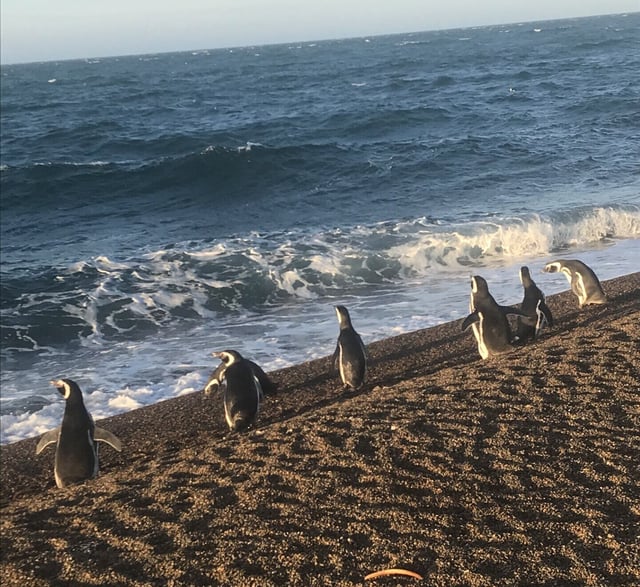Overview
- Researchers fitted GPS and IMU loggers on 27 adult penguins at Argentina’s San Lorenzo colony to record one foraging trip per bird between September and February.
- In calm waters, penguins swim almost straight toward their colony; in strong currents they follow tide-driven S-shaped paths that conserve energy despite longer routes.
- Data reveal the birds detect ocean drift relative to unseen targets and adjust their headings mid-journey to stay on course while harnessing tidal flows.
- This navigation strategy aligns penguin movement with drafting behaviors observed in flying-V bird formations and current-assisted migrations of sea turtles and whales.
- Authors emphasize that the study’s limited sample size underscores the need for larger and broader research to confirm these energy-saving strategies.
